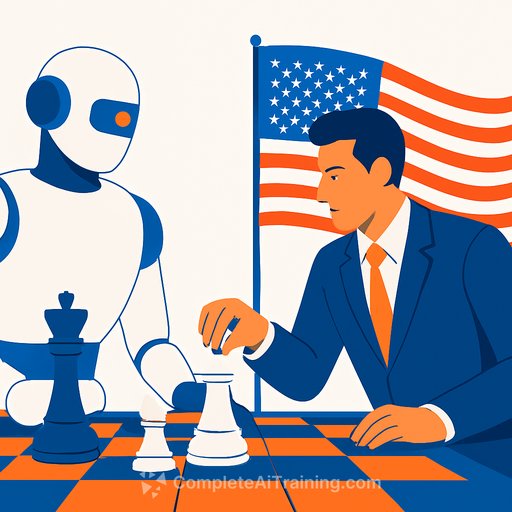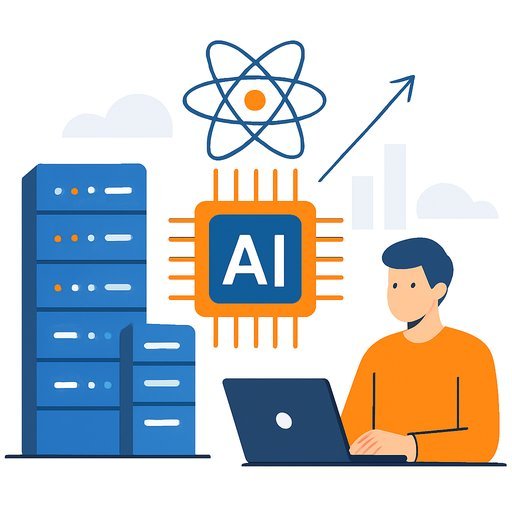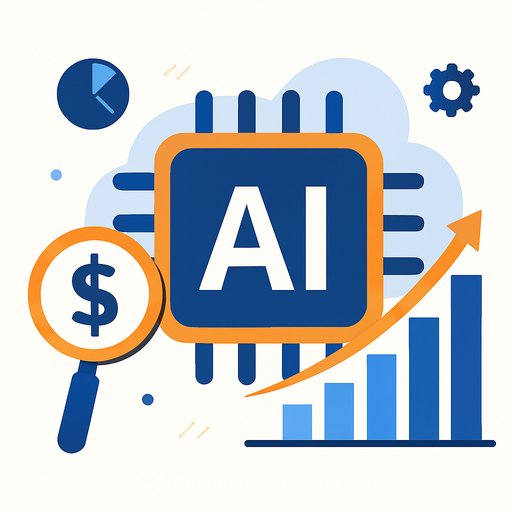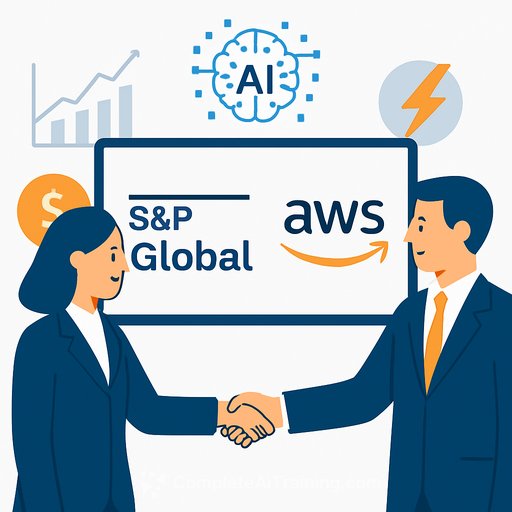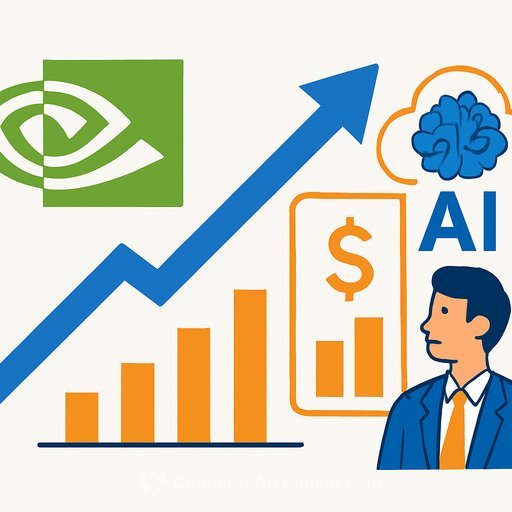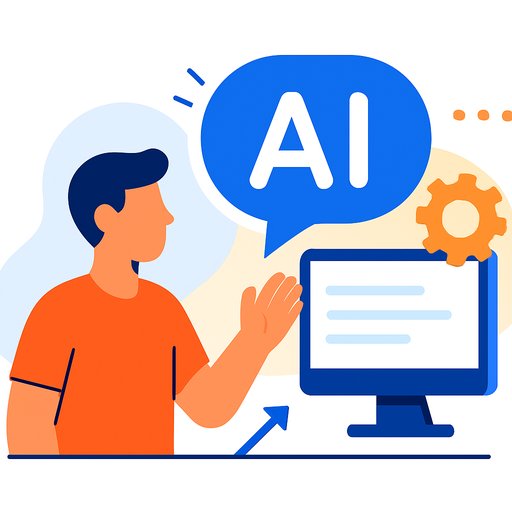The U.S. Economy Is Going All-In on AI
AI isn't just a tech trend anymore. It's the center of gravity for U.S. markets and corporate investment. Nvidia just crossed $5 trillion, and together with Apple, Microsoft, Alphabet, Amazon, Broadcom, and Meta, these seven companies now account for roughly 32% of total U.S. stock market value.
That concentration says one thing: the future path of the economy is tightly linked to how AI performs in the real world. If the promise holds, investors and operators win. If it stumbles, the damage won't be contained.
The Concentration, by the Numbers
- 7 companies = ~32% of U.S. market cap; Nvidia alone is ~7% across 3,265 public companies.
- $400 billion slated for AI-driven data centers in 2025, a national buildout at historic scale.
- In the first half of 2025, computer equipment investment drove 92% of GDP growth, per economist Jason Furman.
What This Means
High concentration cuts both ways. If AI unlocks real productivity, the payoff could be enormous. But as bets stack into the same narrow set of firms, products, and supply chains, a miss could spill across portfolios, hiring, and credit markets.
Some leaders argue this isn't a dot-com repeat. The companies leading AI have revenue, cash flow, and customers. Even Federal Reserve Chair Jerome Powell pointed out the obvious difference: "these companies... actually have earnings and stuff like that."
Still, if the thesis breaks, the downside is heavy. A dot-com-scale unwind today could erase around $20 trillion in household wealth, warns Gita Gopinath in The Economist. Add trade frictions and high public debt, and the bounce-back might be slower and meaner than the early 2000s.
Why This Buildout Feels Riskier
- Capital intensity: Colossal data centers, power contracts, and GPU supply are expensive and long-cycle.
- Interdependence: Multibillion-dollar circular deals tie AI labs, chipmakers, and cloud providers together. One misstep can propagate.
- Unit economics: Inference costs, model refresh cycles, and margin pressure are still settling.
- Bottlenecks: Power, land near substations, cooling, and skilled talent are hard limits.
Actionable Moves by Role
Developers and IT
- Focus on infra skills: GPU tooling, distributed systems, vector databases, observability, and cost controls.
- Ship production-grade AI: evaluations, drift monitoring, data governance, privacy-by-default, rollback plans.
- Cut inference spend: caching, model routing, compression, and smart retrieval before scaling size.
- Upskill with role-specific paths: AI courses by job.
Finance Professionals
- Concentration guardrails: Set max exposure to the "AI seven" and to their key suppliers.
- Scenario test: Sensitize earnings to GPU pricing, inference costs, and power constraints.
- Watch capex productivity: track payback periods for data center builds and model refresh cadence.
- Counterparty mapping: Identify circular revenue loops and single points of failure.
- Tool up on use cases: AI tools for finance.
Executives and Ops
- Power-first planning: secure long-term power, grid access, and cooling before scaling workloads.
- Pragmatic ROI: ship narrow, revenue-linked use cases before funding moonshots.
- Supplier diversity: multi-cloud and multi-vendor GPU strategies to avoid outages and pricing shocks.
- Liquidity buffers: assume longer sales cycles and changing unit costs; keep cash optionality.
Metrics That Actually Matter
- Inference cost per unit and trend in gross margins.
- Data center capex vs. realized ROI (not just booked revenue).
- GPU availability and pricing, lead times, and used-market signals.
- Power availability: substation queue backlog and megawatts secured vs. needed.
- Adoption beyond demos: active users, time-to-value, churn, and workflow penetration.
- Inter-company exposure: revenue dependence on a small set of AI partners.
Three Plausible Paths (2026-2028)
- Upside: Costs fall, productivity shows up in margins and wages. Strategy: lean in on infra plays, profitable vertical AI, and "picks-and-shovels." Double down on skills that reduce cost per inference.
- Middle: Mixed results; winners gain share, laggards get compressed. Strategy: barbell portfolio; in ops, fund proven use cases and stage-gate the rest.
- Downside: Hype deflates; capex overhang meets slower demand. Strategy: raise cash early, cut non-core projects, renegotiate commitments, and rotate into resilient cash generators.
Bottom Line
The U.S. economy has placed a big bet on AI. That can work out beautifully if productivity catches up to the price tags.
Don't bet your career or balance sheet on one thread. Build skills that lower costs and improve reliability, pressure-test exposure to a small set of vendors, and keep enough flexibility to adjust as the facts change.
Your membership also unlocks:

